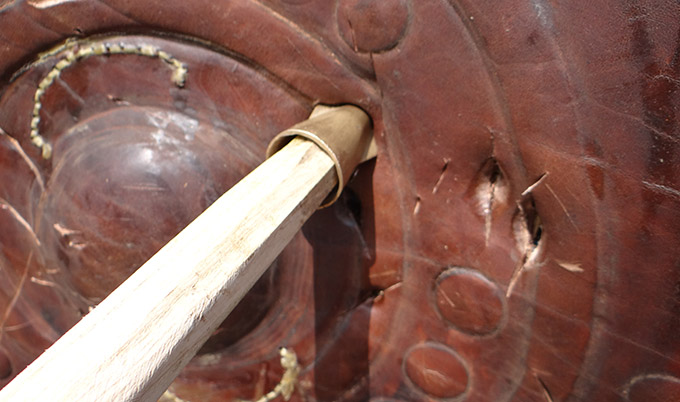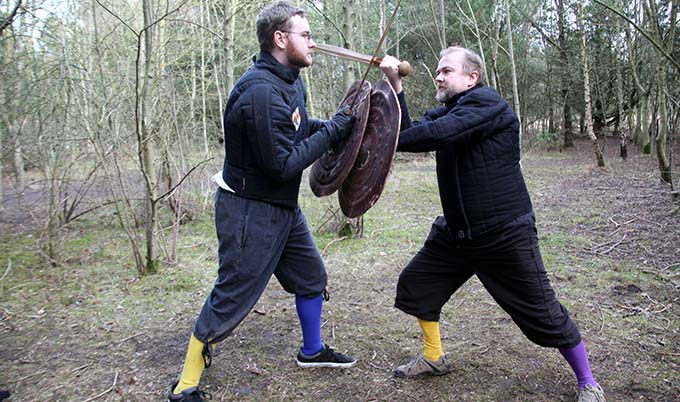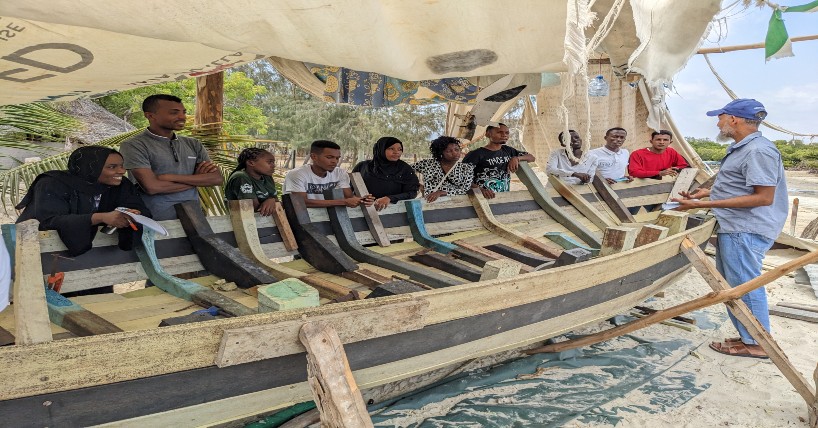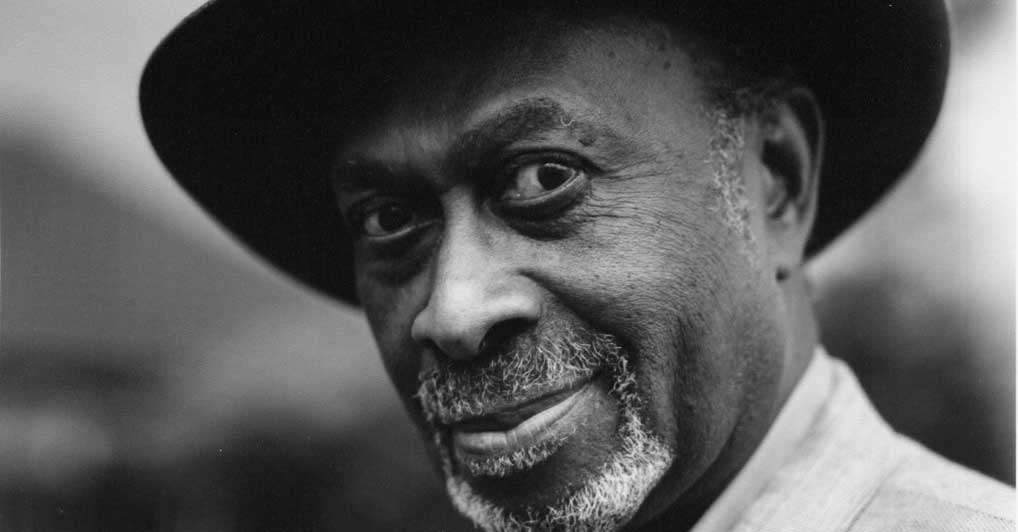Bronze age swords
Bronze Age swords bear the marks of skilled fighters
Published on: 27 April 2020
Warriors during the Bronze Age used their weapons in skilful ways that would have required lots of training in specific techniques, researchers say.
Skilled techniques
A team led by Newcastle University examined thousands of marks on Bronze Age swords and staged experimental fights using replica weapons to better understand how they might have been used in the Bronze Age and the combat techniques that were needed.
Bronze - cast by mixing copper and tin – is softer than steel, meaning that it can be easily damaged. Until now, much speculation has focused on the possibility that because they are easy to damage, the ancient weapons were ceremonial rather than intended for battle.
However, the research findings, published in the Journal of Archaeological Method and Theory, indicate that not only were they used in active combat, but would have required fighters to use lots of skill and very particular techniques to minimise the amount of damage.
The work came out of the Bronze Age Combat Project (BACP), led by Dr Andrea Dolfini at Newcastle University, and involving colleagues from Leicester and Durham universities, the British Museum and Great North Museum: Hancock.
Dr Dolfini said: “The Bronze Age was the first time people used metal specifically to create weapons they could use against other people.
“People understood that these weapons could be very easily marked so sought to use them in ways that would limit the amount of damage received. It is likely that these specialised techniques would have to be learned from someone with more experience, and would have required a certain amount of training to be mastered.”
The research team worked with members of Newcastle-based Hotspur School of Defence, a club dedicated to medieval European combat, to stage realistic sword fighting sequences, using specially commissioned replica weapons. Wearing protective clothing, and using moves found in a combat manual from the Middle Ages, the trained volunteers tried a wide variety of sword, shield and spear strikes delivered to different body parts as researchers recorded the types of damage inflicted by different blows.
This revealed more about how swords and shields could have been used, and the type of damage that different strikes made to the weapons.
Armed with this knowledge, the researchers then used sophisticated use-wear analysis techniques to examine 2,500 wear marks on 110 ancient swords from Great Britain and Italy, comparing the damage marks on both the ancient weapons and the replicas.
This detailed two-part analysis allowed the research team to assign certain wear marks to specific sword moves and combinations. This indicated that fighters used their weapons to control and dominate the blade of their opponent, suggesting that much combat took place at close quarters.

Distinct styles
The sword combat and use-wear analysis elements of the research were led by Raphael Hermann while working towards his PhD at Newcastle University. Talking to Science magazine, Dr Hermann, who is now at the University of Göttingen, said: “In order to fight the way the marks show, there has to be a lot of training involved, and because the marks are so consistent from sword to sword, they suggest that different warriors weren’t swinging at random, but were using well-practiced techniques. We also saw that wear patterns were linked to geography and time, suggesting distinct fighting styles developed over centuries.”
It is the first time that anyone has used such an approach to get a better understanding of ancient combat and the research team anticipate that their work provides a new model for conducting research into ancient warfare.
Dr Dolfini added: “You can’t just give two people replicas of ancient weapons, tell them to fight and then say ‘we know how they were used’. What we did with the Bronze Age Combat Project is creating a meaningful blueprint for carrying out future experimental research into prehistoric combat, building a much greater understanding of how ancient weapons were used and the role of warriors in Bronze Age societies.”
Reference: ‘Bronze Age Swordsmanship: New Insights from Experiments and Wear Analysis’ Raphael Hermann, Andrea Dolfini, Rachel J. Crellin, Quanyu Wang and Marion Uckelmann. Journal of Archaeological Method and Theory (2020). DOI: https://doi.org/10.1007/s10816-020-09451-0




